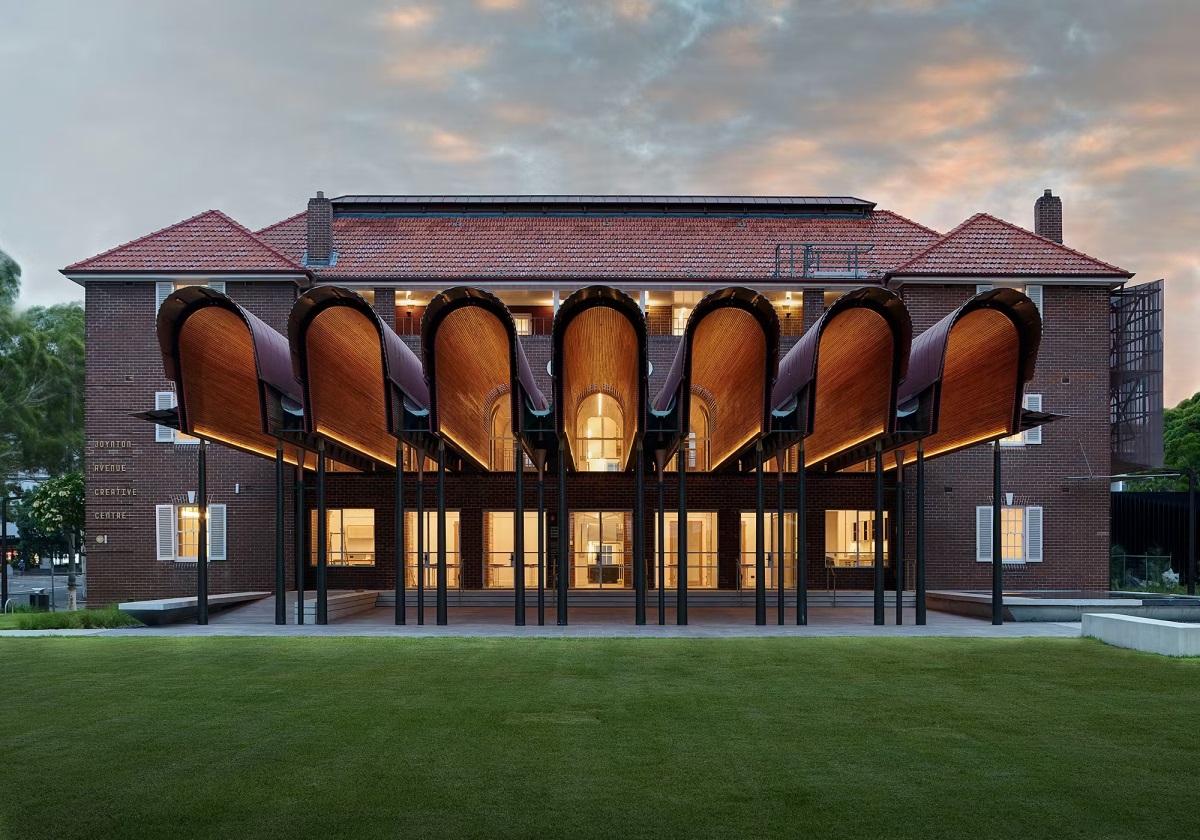The preservation, restoration and adaptive reuse of historic sites, buildings, artifacts, traditions etc., is known as heritage revitalization. While the global communities suffer from rapid developments and changes, the need for connecting to the past continues to be more and more appreciated. Numerous benefits accrue to the society and nation in the face of heritage restoration at an individual level.
However, heritage is significant individually by satisfying four human needs of roots, meaning, and belonging. What you experience when you enter a restaurant converted from a former train station or a museum that portrays traditional crafts, you are able to learn about the past of your ancestors’ lives.
For communities, smart revitalization reinforces social bonds, increases civic pride, boosts economic development and conserves collective memories. Reconstructed areas become gathering points serving both long-term residents and newcomers. In addition, they hugely increase tourism proceeds as outsiders flock to communities that are heritage-rich with culture lured by opportunities to experience genuine local taste through preserved architecture, museums, cuisine, music, and handicrafts, to name but a few. The economic gains realized by this community are huge since they are seen as preservers of treasured sites.
Revitalized customs, arts, music and more highlight diversity, affirm that traditional knowledge is still relevant and valuable, and nurture unity through common stories and experiences that cut across race or creed. Through heritage-keeping, nations become internationally recognized as culturally vibrant, sustainable, livable, and progressive societies; hence, they combine the old with the contemporary. For example, restoring a crumbling train depot, factory or church by reusing them thoughtfully rather than demolishing them is much more eco-friendly.
So obviously, balancing preservation goals while catering for current needs poses complex prioritization, access and funding dilemmas. Specific eras, populations and worldviews are reflected in buildings, neighborhoods and ways of life that may not always be looked upon favorably when viewed with modern eyes. Some landmarks revered by many are regarded as symbols of oppression or sources of pain by others.
Moreover, not all structures are equal in importance. A good reason exists why national and state-level designations as historic depend on stringent criteria regarding integrity, age, and architectural merit, amongst other factors. However, those ineligible for high status like landmarks still hold emotional value to their localities. Therefore, creative solutions that enable teardowns or facades-only preservation serve safety issues whilst retaining essence.
When there is investment in sustainable access to heritage revitalization, both the public and private sectors will benefit. When recouped, sites also need well-maintained operational plans with sustainable funding models that can compensate for these peaks and troughs without negotiating their quality or pricing out the poor. It means they will continue to be used as common resources instead of being neglected and decaying due to financial drought.
Revival of heritage thus effectively activates individual memories of their ancestors through preserved or adaptively reused built forms. However, global preservation trends show that social, cultural and economic returns on investments are growing yearly because societies are advancing technologically at incredible rates. Restored links with the historical past beyond just mere cosmetic makeovers have societal dividends when it comes to diversity and accessibility.
In summary
The key human needs fulfilled by real involvement with the past mean revitalized landmarks will remain relevant long into the future for communities.

